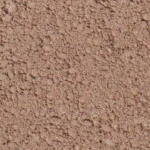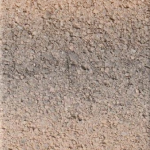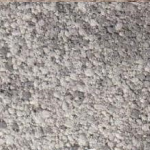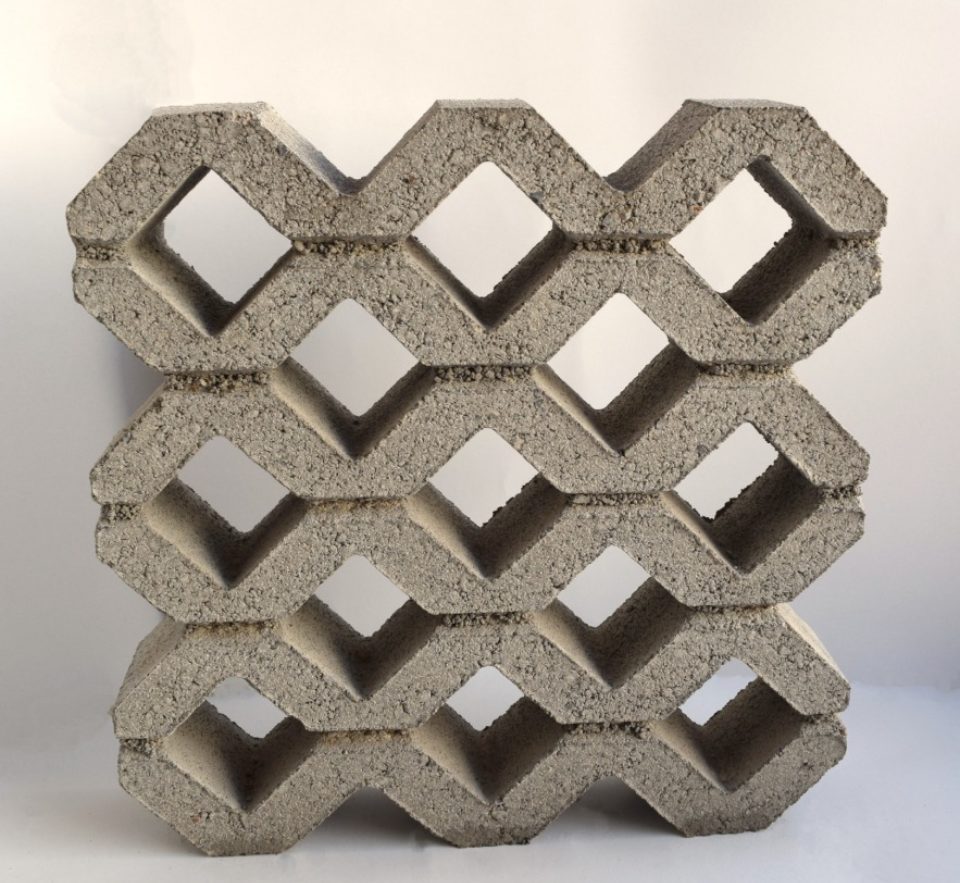

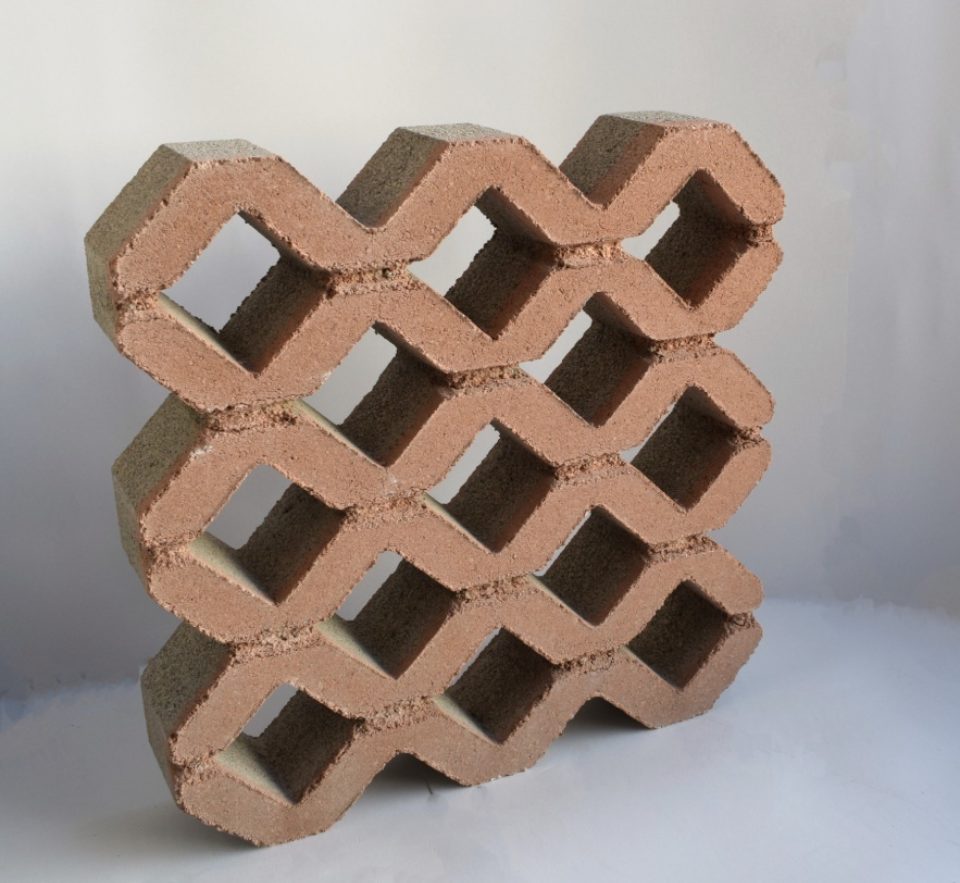
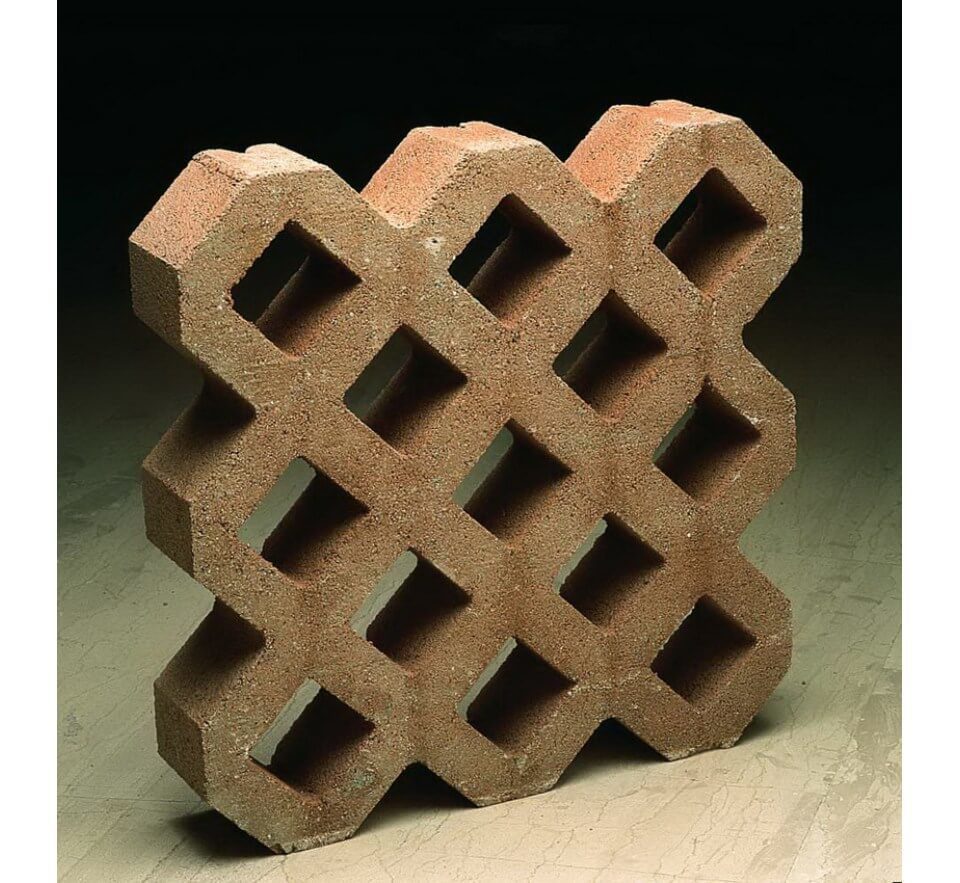
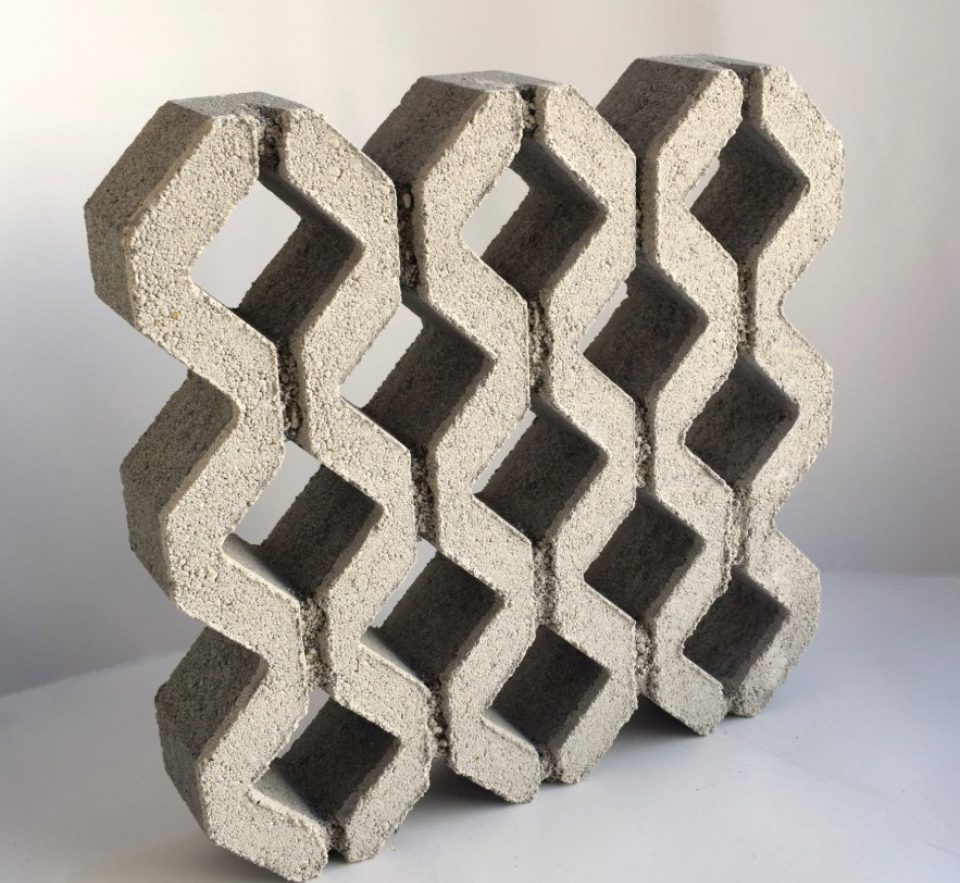
Turfstone Grid Paving Unit “Perforate”
Dimensions: 500x500x100 mm 10 m2/palette - Weight: 120 kg/m2Concrete grid pavements or “green parking lots” originated from the need to reduce the urban heat island and stormwater runoff from impervious surfaces. Perforated concrete units as pavement were introduced when hollow concrete building blocks were placed in the ground to support cars. They first appeared in 1961 to handle overflow parking at a major cultural center near Stuttgart, Germany (2). They were a replacement for temporary steel runway matting.
The concrete grid paver is similar to paving flags also a type of flag with a size of 50x50cm and a 10cm thickness, with 50% grid openings. It can be filled in, either with vegetation (grass) or with pebbles - gravel.
Caution! In the case of planting, it is necessary for the correct installation that the side with the notches be used as the upper face (surface intended to be seen when in use)!
Available in cement grey, lava pit orange or beige.
Grey |
12,50 |
Colored (single layred) |
16,00 |
Colored (double layered) |
14,00 |
Διπλής στοιβάδας EN 1339 BI |
18,00 |
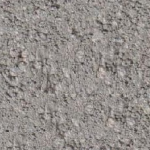
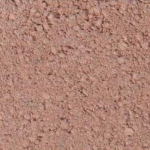
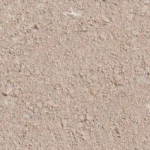
Photos only give an indication of the product color shades and textures.
REQUEST FURTHER INFO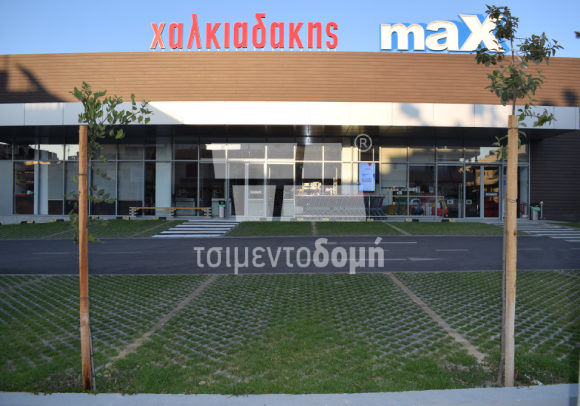
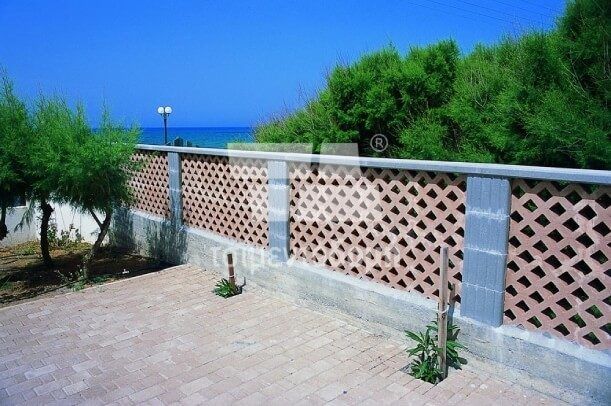
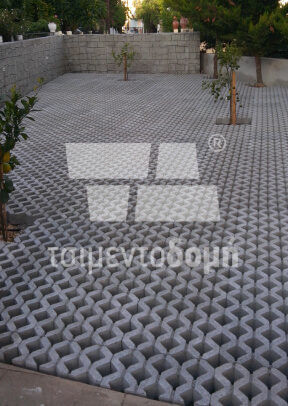
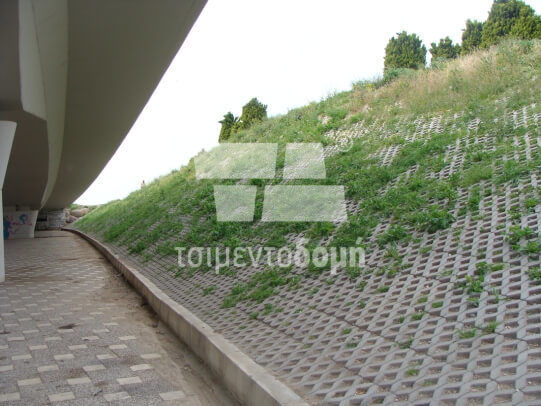
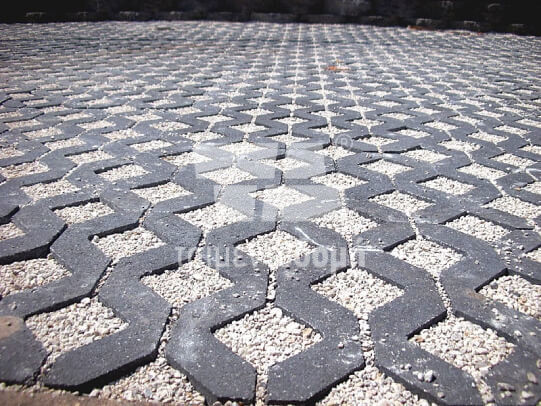
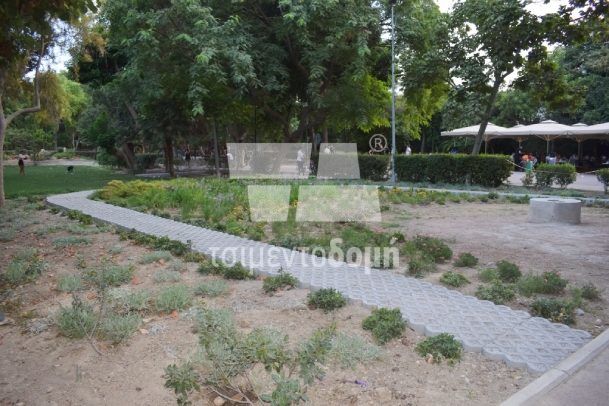

Turfstone Grid Paving Unit “Perforate”
Since then, concrete grids developed in Europe were applied in North America as a method for reducing lakeside erosion, as well as for ditch liners. Concrete grids were later used for driveways, main and overflow parking areas, shoulders along airfields and highways crossovers on medians, boat launching ramps, emergency fire lanes and for access roads adjacent to buildings.
